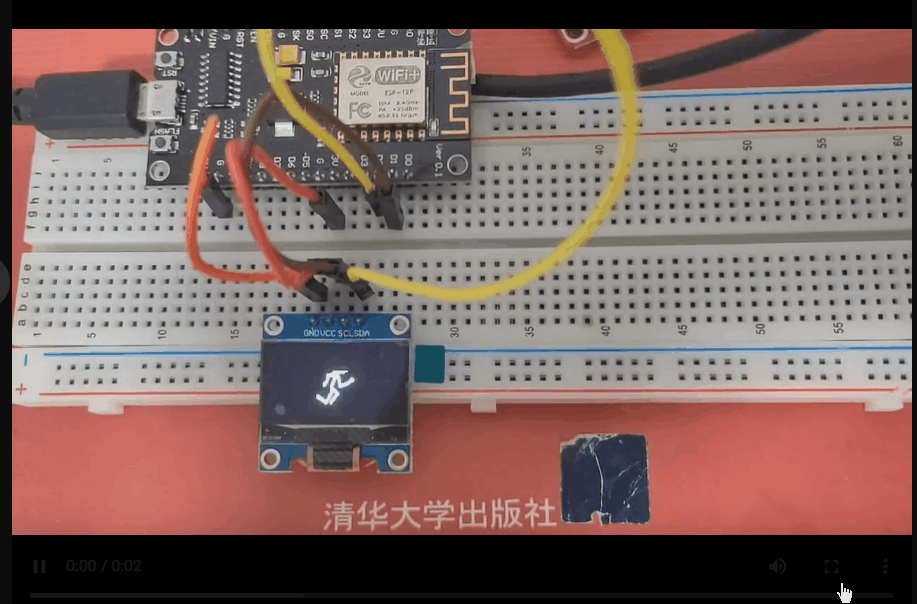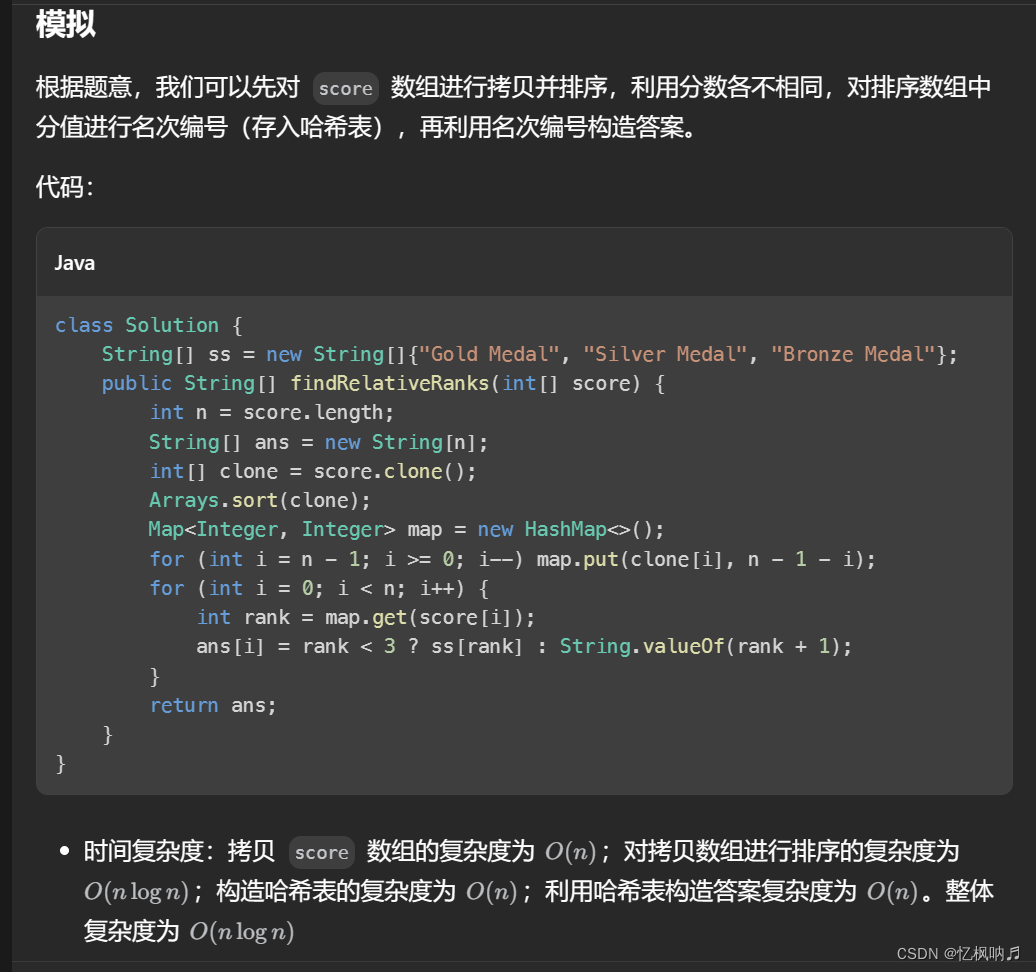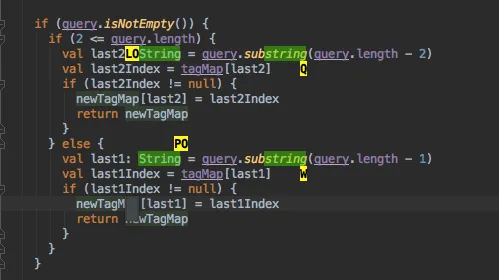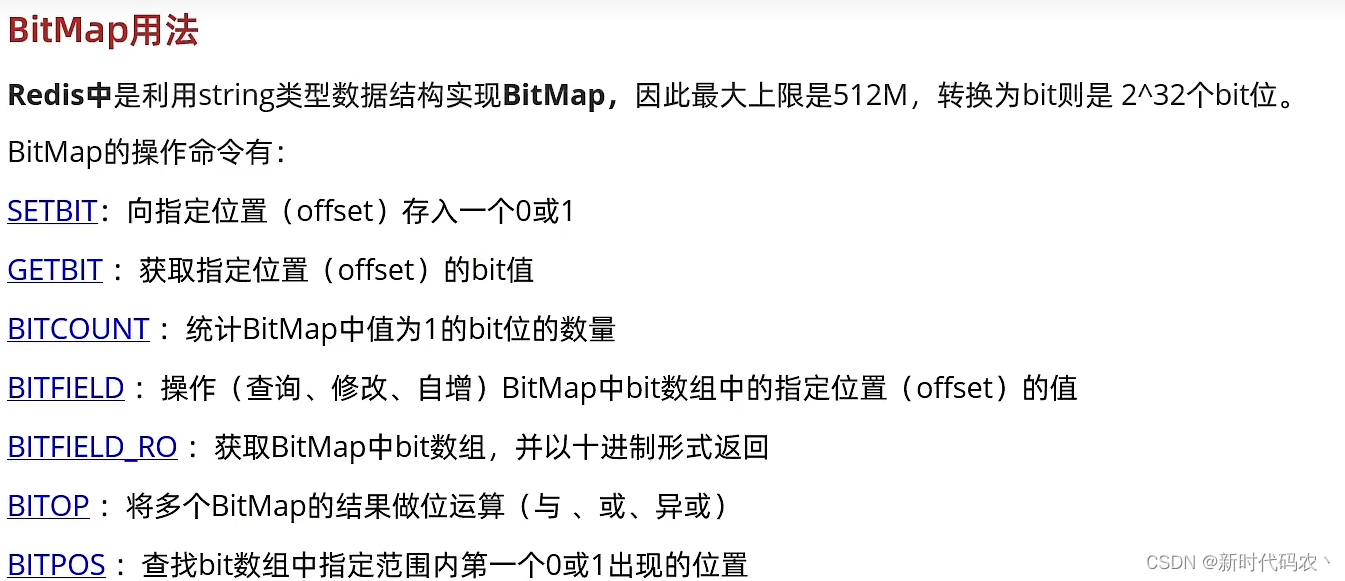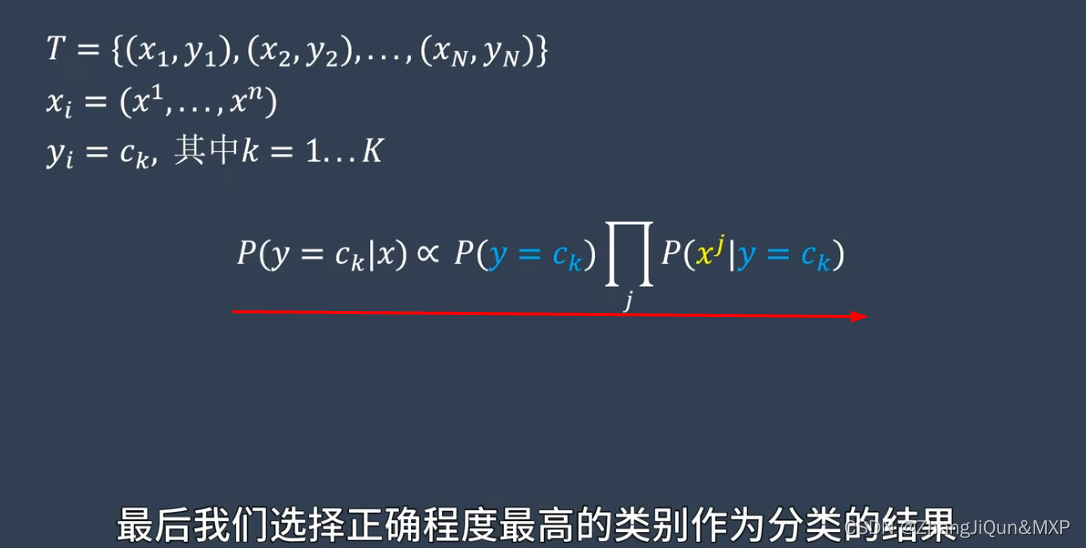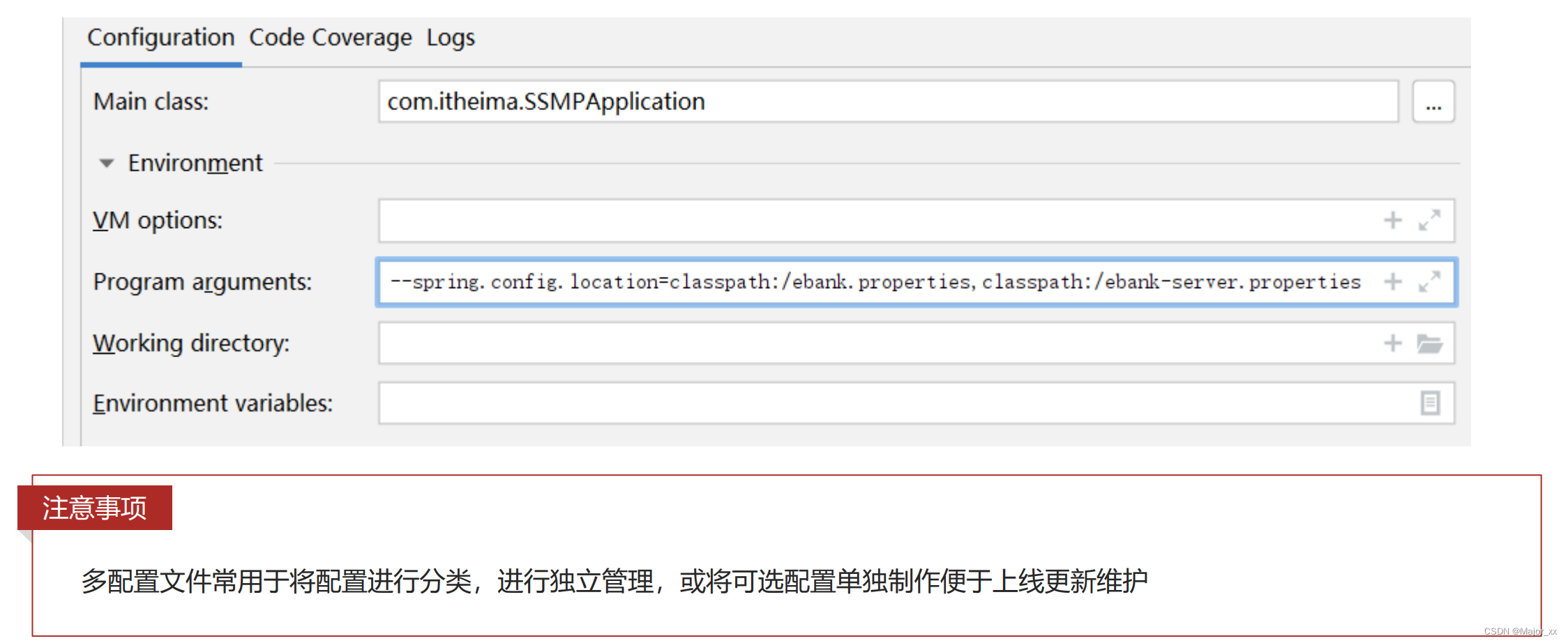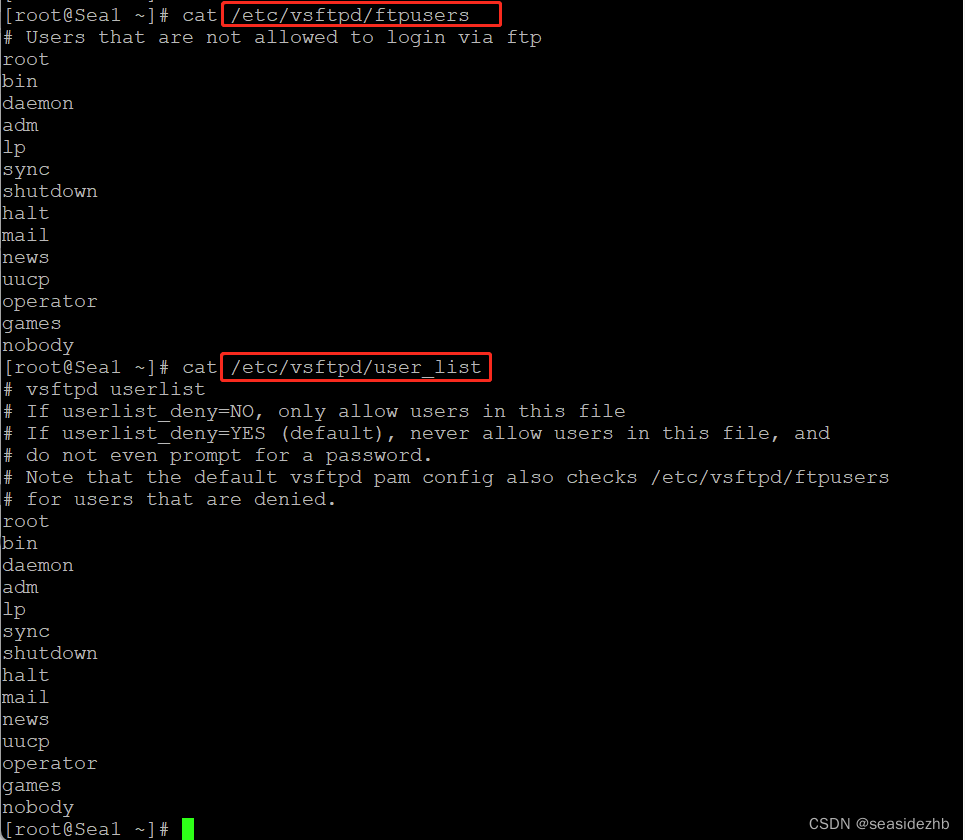没有使用同步的情况:
#include <stdio.h>
#include <cuda_runtime.h>
__global__ void test_kernel(){
printf("Message from Device.\n");
}
void test(){
test_kernel<<<1, 1>>>();
}#include <cuda_runtime.h>
#include <stdio.h>
void test();
int main(){
test();
printf("Message from Host.\n");
getchar();
return 0;
}先调用的核函数,结果是先输出的Host:

进行同步,代码如下:
#include <cuda_runtime.h>
#include <stdio.h>
void test();
int main(){
test();
// cudaDeviceSynchronize(); // 设备同步,整个GPU设备的同步等待任务完成
cudaStreamSynchronize(nullptr); // 流同步
printf("Message from Host.\n");
getchar();
return 0;
}输出结果:

cuda流整体笔记和代码
#include <math.h>
#include <stdio.h>
#include <cuda_runtime.h>
// 核函数
__global__ void test_kernel(float* array, int edge){
int position = blockDim.x * blockIdx.x + threadIdx.x;
if(position >= edge) return;
array[position] *= 0.5f;
}
void test(cudaStream_t stream, float* array, int num){
int threads = 512;
int blocks = ceil(num / (float)threads);
test_kernel<<<blocks, threads, 0, stream>>>(array, num);
}#include <cuda_runtime.h>
#include <stdio.h>
// C++ 文件
void test(cudaStream_t stream, float* array, int num);
int main(){
cudaStream_t stream;
cudaEvent_t start, stop;
// cudaEvent 是事件, 通常可以用来观察队列的执行情况
// 比如,统计执行时间等操作
cudaEventCreate(&start);
cudaEventCreate(&stop);
// 是重操作,不要随便创建太多,会消耗资源的
// GPU计算的基本原则,是尽可能的使得计算密集,如果使用同步的话就是算一坨,等一会儿,算一坨,等一会。费劲吧啦的
// 通过stream使得计算连续化、密集化,这样最好
// GPU有个使用率,跟CPU使用了一样的,以GPU使用率越高越好
cudaStreamCreate(&stream);
cudaEventRecord(start, stream);
int num = 10000;
float* a = new float[num];
for(int i=0; i < num; ++i)
a[i] = i;
float* a_device = nullptr;
size_t a_bytes = sizeof(float) * num;
cudaMalloc(&a_device, a_bytes);
// 异步依赖的指针数据,必须在执行完成前一直存在,否则会造成例外结果
// 并且异步执行时,对指针数据的修改,也需要合理的理解
cudaMemcpyAsync(a_device, a, a_bytes, cudaMemcpyHostToDevice, stream);
// 如果异步复制加上下面这段代码。会导致GPU边复制,CPU边修改,结果是a_device的内容不可控
// 因此不要这么做,或者合理的去做你想做的
// for(int i=0; i < num; ++i)
// a[i] = 500-i;
test(stream, a_device, num);
cudaMemcpyAsync(a, a_device, a_bytes, cudaMemcpyDeviceToHost, stream);
cudaEventRecord(stop, stream);
cudaEventSynchronize(stop);
float ms = 0;
cudaEventElapsedTime(&ms, start, stop);
printf("核的执行时间是:%.8f ms\n", ms);
// 打印前10个结果
for(int i = 0; i < 10; ++i){
printf(i == 0 ? "%.2f" : ", %.2f", a[i]);
}
printf("\n");
// cudaStreamSynchronize(stream);
// cudaDeviceSynchronize(); // 设备同步,整个GPU设备的同步等待任务完成
// cudaStreamSynchronize(nullptr); // 流同步
/* 流的概率,stream, 类型全称是cudaStream_t
1. 认为流是一个线程,任务级别的线程
2. 认为流是一个任务队列
3. 把异步执行的任务管理起来,在需要的时候等待或者做更多处理
4. 默认流,指nullptr,如果给定为nullptr,就会使用默认流
cuda核的执行都是异步的, 通过流来实现需要的同步
任务队列
队列特性:先进先出,后进后出
cudaMemcpy 属于同步版本的内存拷贝
等价于干了 -> 发送指令(任务队列中增加一个任务),我要复制了, cudaMemcpyAsync
-> 等待复制完成,cudaDeviceSynchronize
*/
printf("Message from Host.\n");
// 符合栈的方式分配和释放,就不用担心有bug
delete [] a;
cudaFree(a_device);
cudaStreamDestroy(stream);
cudaEventDestroy(start);
cudaEventDestroy(stop);
// getchar();
return 0;
}

